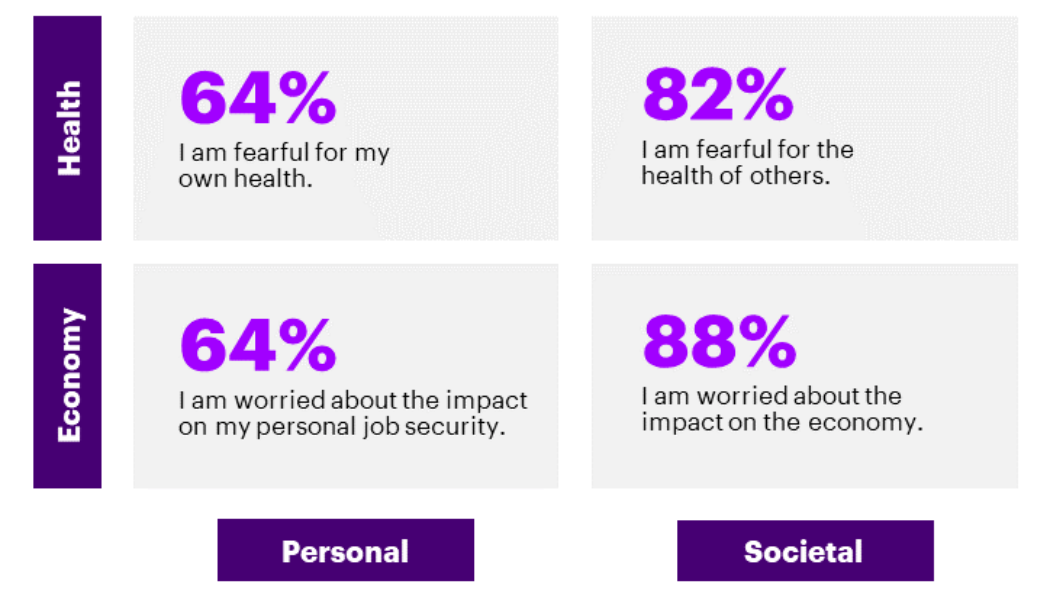/* custom css */
.tdi_4_271.td-a-rec-img{ text-align: left; }.tdi_4_271.td-a-rec-img img{ margin: 0 auto 0 0; }
The COVID-19 pandemic was a major disruptor for the retail sector. Practically overnight, customer buying patterns and behaviours changed, and have continued to shift ever since. This had made it challenging to meet customer expectations effectively. Retailers need to harness the power of location intelligence to help them better understand how their customers’ needs have changed and continue to change.
What is Location Intelligence?
Forrester, a research and advisory company, defines location intelligence as “the practice of collecting and managing customer location data, enriching it with other data sources, and analysing for contextual insights for the purposes of informing optimised actions, decisions, and customer experiences.”
/* custom css */
.tdi_3_905.td-a-rec-img{ text-align: left; }.tdi_3_905.td-a-rec-img img{ margin: 0 auto 0 0; }
Effectively, location intelligence leverages the location of customers, products and services to perform planning and analytics that in turn enhance the customer experience and maximise revenue. Ultimately, it boils down to the ability to serve customers where they are – bringing products and services to them, rather than expecting them to seek them out.
Data + Analysis = Insight
Location intelligence in itself is not new, however, its use was previously expensive, cumbersome and slow to harness, making its usefulness limited to specialist applications. Today, however, this is no longer the case, due to two factors.
The proliferation of location data, including mobile phones and connected devices on the Internet of Things (IoT), combined with advanced analytics technologies, means location intelligence has become a mainstream analytics tool for general business planning. Combining location intelligence with standard relational data and information from trusted third-party sources can unlock a variety of insights.
Competitive Advantage, Better CX
Analysis of the right data sets can deliver enormous business insight, and location intelligence can be used to effectively augment existing sources for a new dimension and source of competitive advantage.
For example, a retailer may want to open a new store. Location intelligence helps retailers to understand not only where their target customers live, but also when, where and how they travel.
This will help retailers to optimise the placement of the store to ensure proximity to customers, based on an understanding of customer behaviour. It may also indicate where planned locations are poorly situated before development begins, thereby saving the retailer from significant wasted investment.
Location information can also be linked with data such as customer demographics, movements and buying patterns. This insight can be used to drive personalised marketing campaigns that help to better serve customers and in turn improve sales. Using location intelligence and insight, retailers are empowered to forecast trends and identify threats, which in turn leads to improved customer services and a significant competitive edge.
The Only Constant is Change
The way customers behave has changed and changed again in the past 18 months, and it is difficult to predict if and how it may shift again. Enhancing data analytics through location intelligence protects against these threats by enabling planners to better understand their customers.
In addition, analysis can be linked to existing processes to augment and improve them. Incorporating other curated data sets can also provide a bigger and more accurate picture to make planning more effective in all areas. Relying on historical data is simply no longer sufficient, and real-time insights are an important source of efficiency and advantage.
By Gary Allemann, MD at Master Data Management
Edited by Luis Monzon
Follow Luis Monzon on Twitter
Follow IT News Africa on Twitter
/* custom css */
.tdi_5_057.td-a-rec-img{ text-align: left; }.tdi_5_057.td-a-rec-img img{ margin: 0 auto 0 0; }











